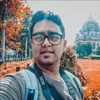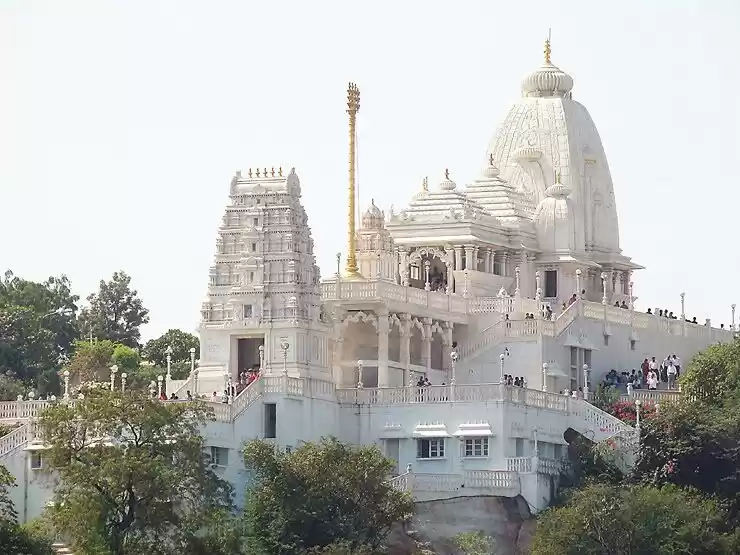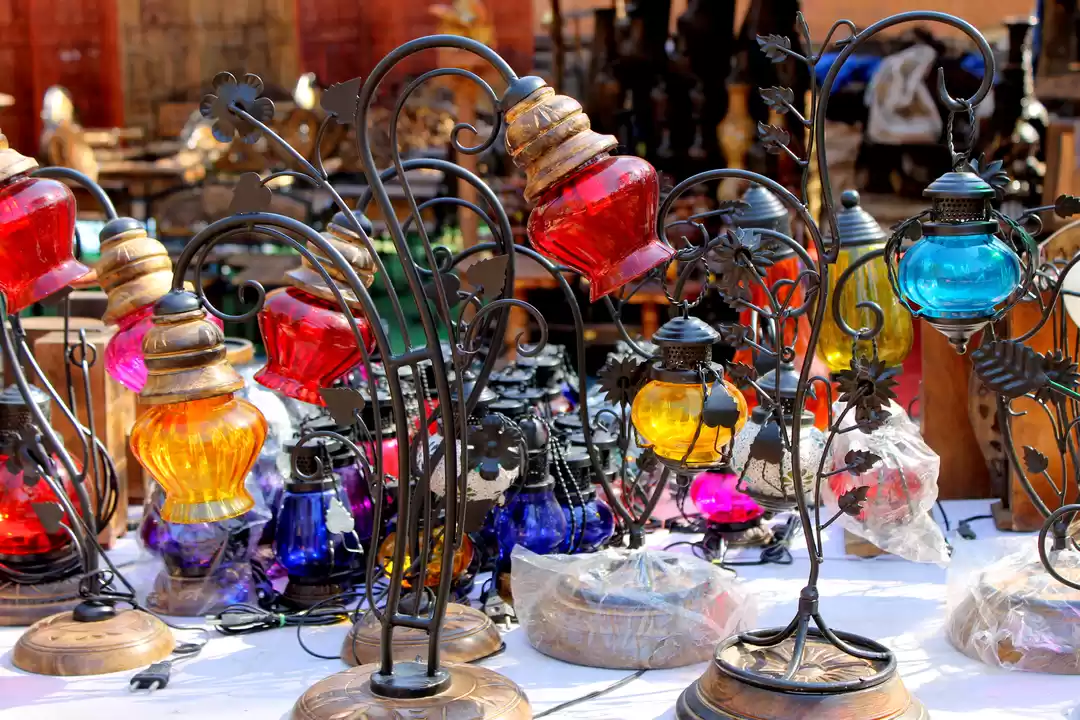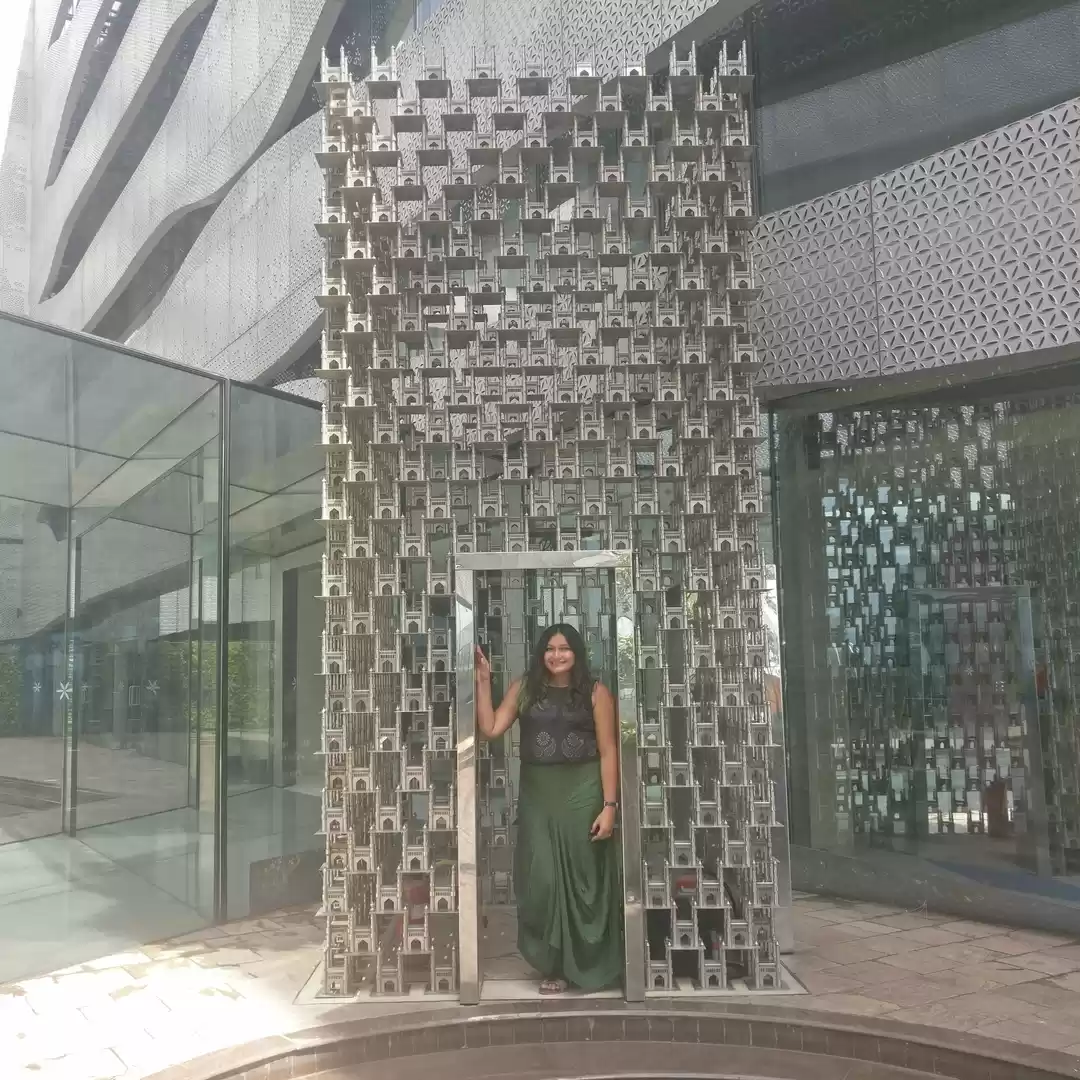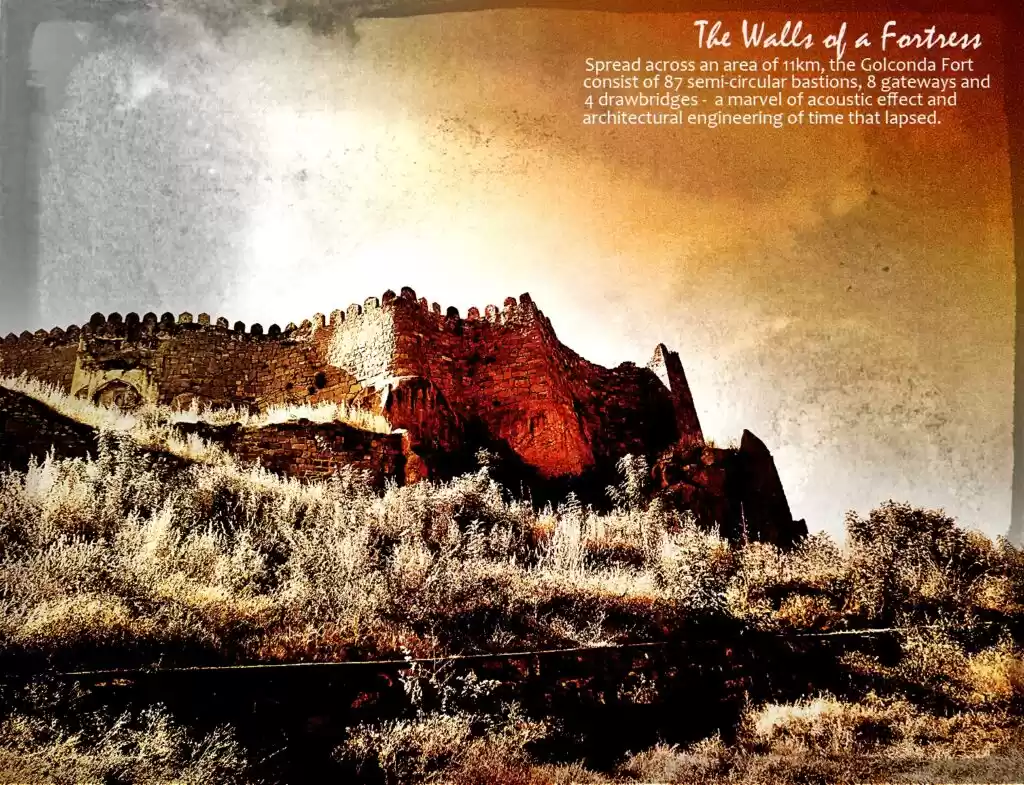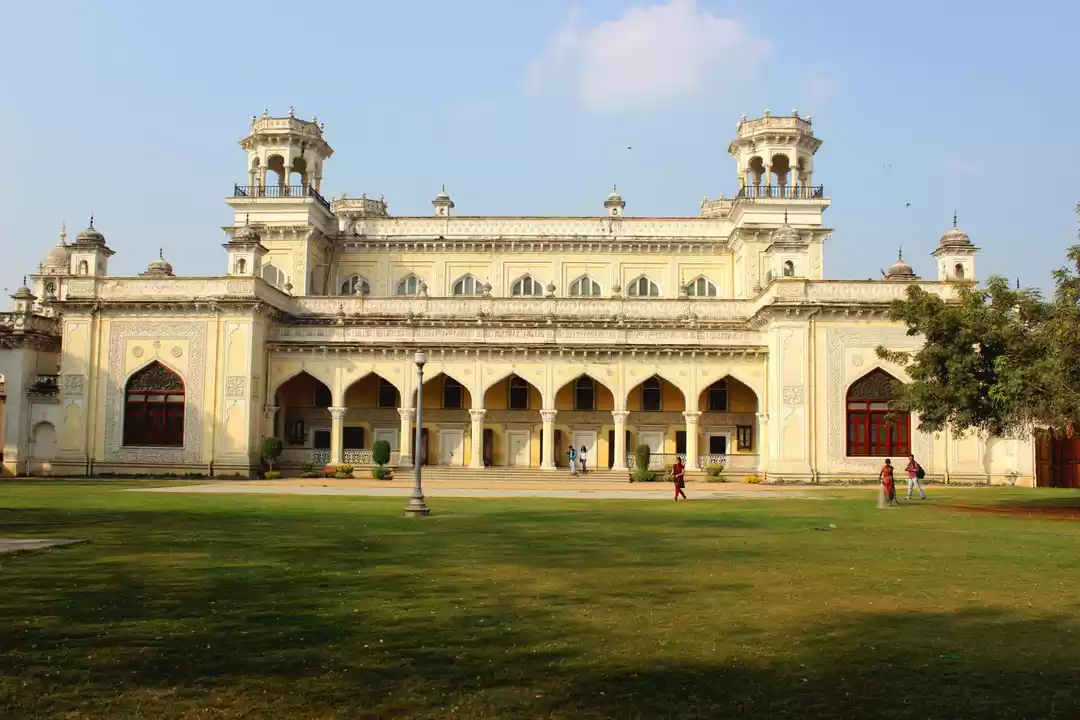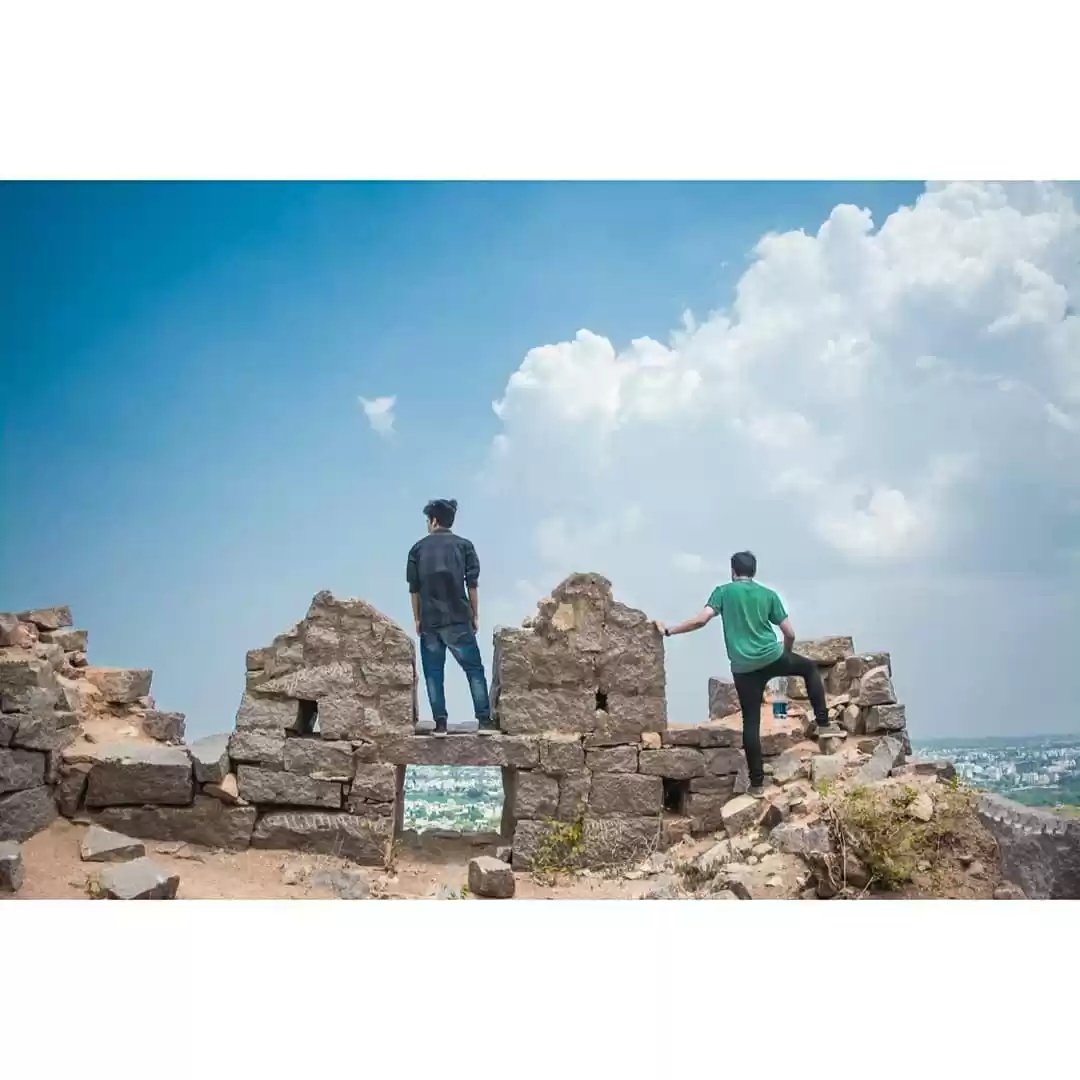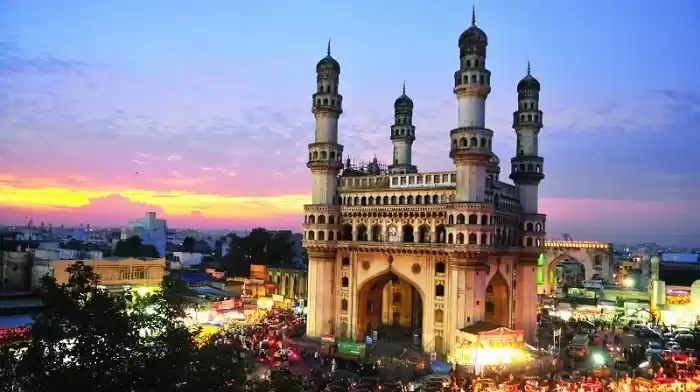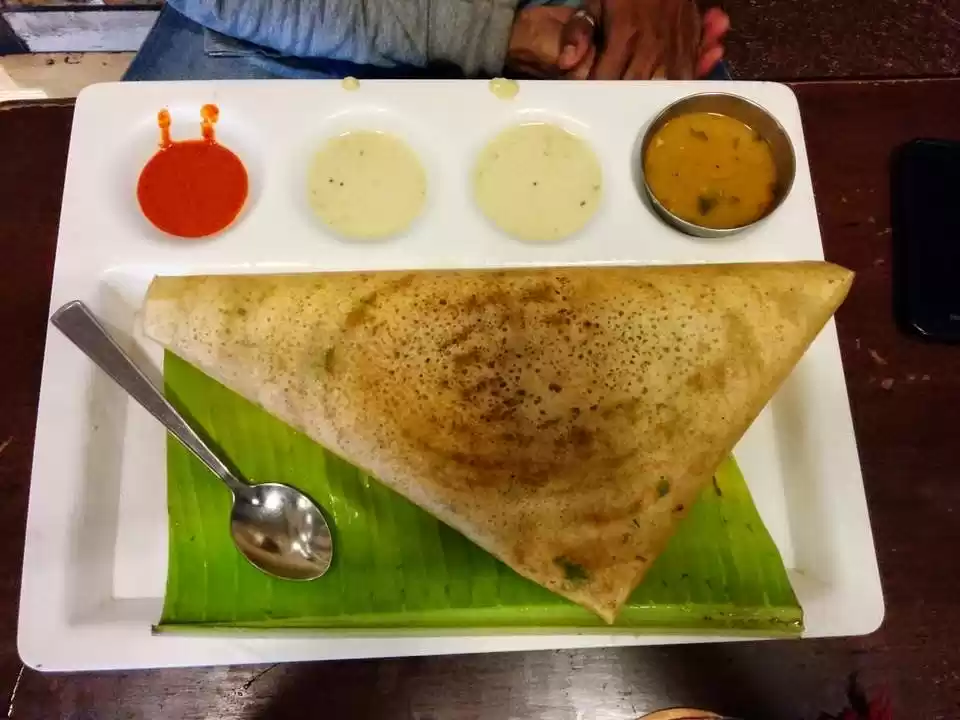India is a treasure trove of History and Heritage of different culture and identities sewn together into one flag of immense beauty and proportions. The lands have seen many kingdoms come and go, dynasties rise and fall, alliance form and break and also devastating wars and battles pillage through cities, towns and villages. There has been countless dynasties, big and small, some very significant and some, which has carved their way into the golden pages of History. One thing very common to all these dynasties, kingdoms are their forts and palaces. Palaces serve as the epicenter of the ruler presiding over the kingdom, the royal residence and office of the supreme ruler and his family. The forts were the protective bastions of the palaces and the kingdom. The Forts formed the first line of defense for the kingdom, its subjects and rulers alike. Many forts and palaces has their foundations in India. Some forts are are literal evidences and ever-living history of a kingdom's grandeur, rise and fall, and also valiant resistance to invasions. Some palaces are painted in rich history and culture, stories which will never fail to mesmerize you. Be it the Red Fort (Delhi) or Agra Fort (Agra, Uttar Pradesh), The bastion of Power of the Mughal Empire or be it the Golconda Fort (Hyderabad, Andhra Pradesh), the seat of power of the Qutub Shahi Dynasty, The forts of India are a golden chest of our rich history.
I will be taking you all dear readers on a virtual tour of some of the most precious and famous forts of India, along with its history and directions for people interested to travel there.
THE GOLCONDA FORT, HYDERABAD
Just about 11 kms, from the center of the city of Hyderabad, lies one of the most majestic fort complexes of India. This monumental fort lies on the western edge of town. In the 16th century the Qutub Shahi Sultanate made Golconda a fortified citadel, and their capital, it's constructed atop a granite stone hill of about 120 meters height, surrounded by the strong stony, pucca ramparts, all ringed and adjourned by further necklaces of fortifications, about 11 km in perimeter. From the summit of the hilly citadel, one can have a breathtaking view across dusty Deccan foothills of the City of Hyderabad, along with the historic crumbled ruins of the outer ramparts, also one gets a bird eye view of the domes of the tombs of Qutub Shahi Sultans, past the distant towns to the horizon's haze of the inner city. But the Qutub Shahi Sultans were not the first rulers of Golconda, Golconda Fort had existed for almost three centuries prior to Qutub Shahs, under the Kakatiyas Rajya and Bahmani sultanate, Golconda was already famed for its diamond mines, which produced some of the famous diamonds including the Koh-i-Noor, Darya-i-Noor, Nasak and Hope Diamonds. The fourth Qutub Shah Mohammed Quli Qutub Shah laid a city in the year 1587, at the foothills of the Hill, called Bhagnagar after the name of his favorite concubine Bhagmati. This city came to be known as Hyderabad. The Qutub Shahs moved into the new city in 1587, but maintained Golconda as a citadel until the Mughal emperor Aurangzeb took it in 1687 after a year-long siege, ending Qutb Shahi rule.



The Gates of the Fort - There are eight gates to enter the fort. The outermost and the main gate is the Fateh Darwaza or the Victory Gate. This gate was built to commemorate the victorious march of Mughal Emperor Aurungzeb. The gate has long, sinister steel spikes to protect it from elephants charges. The length of the gate is 25ft and width is 13ft. The Bala Hissar Darwaza is the biggest entrance and the only way through which tourists can gain access to the fortified citadel. One of the very interesting character of this gate is, its admiringly magnificent acoustic abilities. Any sound from this gate will echo throughout the fort. This was used as warning signals of attacks during the time of war and sieges. Bala Hissar Darwaza was built according to Nawabi style. The gate is very magnificent. There are statues and engravings of mystical beasts, peacocks and lions on both sides of the gate. From the Gate of Bala Hissar to the top of the hill, to the Baradari (The General Assembly Hall) there are 360 steps. At the foot of the Bala Hissar to the East, where it leads towards the Palaces of the shahs, there are about five cisterns, supplying water to a height of 300 feet. The Highest Cistern is filled with water through a wheel and following it, the water used to be supplied to all the palaces. The cistern at the foot was called as the "Badi Baoli" with a permanent inflow of water.



Palaces and Places of worship within the Fort - There are numerous palaces inside the fort, allocated to specific person or specific function. The Palaces include the Durbur-e-Khaas, the Khilwat Palace, Diwan-e-Khaas, Diwan-e-Aam, Palace of Taramati, Palace of Premavati. The ruins of royal palaces can be found in the fort. The royal palaces were built for the emperors and their wives. There were many other palaces which have now been ruined and only few parts of those palaces can be found.The Fort also had several mosques and also temples. The Ibrahim Quli Qutb Shah Mosque, was built by Ibrahim the son of Quli Qutub Shah. After crossing the main gate, there are staircases that lead to the mosque. The mosque has now been ruined but still two minarets can be found along with three entrances adjacent to each other. Taramati Mosque, was built by during 1518 during the reign of Ibrahim Qutub Shah. The mosque includes one minaret each on the four corners. The courtyard of the mosque is very big which reaches the ramparts. Sri Jagdamba Mahakali Temple is located on top of the fort. The temple was built around 9 centuries ago. The temple was built between the Ibrahim mosque and emperor’s palace. The temple is very small in size but still to this day, many devotees come here to pray here. The Bonalu festival is especially celebrated here. There was a tunnel under the temple to escape in case of attack or invasion. The Rama Temple was built inside the Tayykhana or the jail. According to a legend, Abul Hasan had jailed Ramdas because he misused the treasury. In the Jail, he made idols of Rama, Lakshman and Hanuman. Yellamma Devi Temple was built at the top where a fair is held in the month of Ashada.




Other Features and Parts of the Forts - The Fort has many other chambers, buildings for different purposes and events. The Dhaan ka Kotha was the godown of grains where grains used to be stored for use during the times of war or a siege. Opposite the Bala Hissar gate is the curtain wall which was used to track enemy movements from behind its safety. There is also a hole in the middle of the arch within the Bala Hissar gate to facilitate pouring of hot oil or lead over enemies. The way leading to the right side on entering the gate, you will notice a bathing pool, The Shahi Baths. At this place there are pucca cisterns for hot and cold water. These cisterns used to be supplied with water from water tanks. This was used as the bath of the royal family. Just to the left of the Baths, is a large garden, The Nagina Baagh or the Nagina Garden. It was in this Garden that during the war waged by Aurangzeb in 1687, Abdul Razak was fatally wounded after falling off from his horse. There used to be huge swings under stout arches, in which the prince and princesses used to enjoy and spend leisure time. Even to these days there are stones with holes in them which used to anchor these swings. From the Bala Hissar Gate, straightaway goes a narrow walled passage which leads to a building of simple constructions, these served a the barracks of the royal bodyguards. In a continuation of the barracks of the body guards, there are pucca buildings of two stories, which were the office of Akkanna and Madanna, ministers to the last Shah, Abdul Hassan Tana Shah. The Asla Khana(Armoury), Langar Khana(Royal Kitchen), Shutur Khana(Camel Stables), Barood Khana(Gunpowder stores), Mortuary Bath are the other structures which are still in good conditions. The Baradari (Durbar Hall), is the General Assembly hall present on top of the citadel. It is a building with three storeys. on the upper floor of the baradari, is the Royal Seat presiding over a scenic panoramic view.





REACHING GOLCONDA FORT AND TAKING ENTRY TO THE FORT -
Reaching Golconda fort is not a hassle at all, as it is well connected by road to the rest of the city of Hyderabad. It is about 11 km from the center of Hyderabad city. Traveling by metro is also an option. The nearest metro station to Golconda fort is Peddamma Temple Metro Station and the Jubilee Hills Check Post Metro Station. Travelers are required to take an auto or radio cabs like Ola and Uber to reach the fort from these metro stations, which will take around 20 minutes of time. Well for me, I had chosen to travel by the Radio bike taxis, namely Rapido. Rapido is not only cheap but also very time efficient for solo travelers. Also, if you choose to travel by public buses, Bus-119 and Bus 66G and 65G from the Nampally station and Charminar via GPO Abids can be boarded, respectively. But I will suggest the best ways would be to hire a taxi and explore these tourists places.
The Golconda Fort entry fee is INR 15 for Indian tourists while it is Rs. 200 ($2.8, 2.14 Pounds, 2.53 Eur) for foreign tourists. You have to pay extra if you are planning to take your camera inside. For sound and light show, you are required to buy a separate ticket. The timings for Golconda Fort is 9:00 AM - 5:30 PM and it is open on all days of the week.
The Light and Sound show -
A beautiful feature and delight of the tourists is the light and sound show presenting its history and facts. The timings of sound and light show at Golconda Fort are from 6 pm to 9.15 pm but it is unavailable on Mondays. The show is one of the major attractions of the Golconda Fort. Usually held in the area, in and around the ruins of the Rani Mahal, mesmerizing its viewers everyday in three different languages, English Telugu and Hindi. This show is conducted in English on all days of the week, while the show in Telugu is on Monday, Wednesday and Friday. The sound and light show in Hindi is conducted in the voice of the living legend Amitabh Bachchan on Tuesday, Thursday, Saturday and Sunday. The ticket cost for sound and light show at Golconda Fort is Rs. 140 per person for executive class and Rs.80 per person for normal class. For children, the ticket price is Rs.110 and Rs.60 for executive and normal class respectively.
Anyone can visit the fort at anytime of the year, although I would say, it is preferable to visit the fort between the months of September to March. As the weather tends to get hotter during summers in Hyderabad, exploring this majestic fort, that requires an ample amount of walking and climbing inclined paths and stairs, can be uncomfortable.

